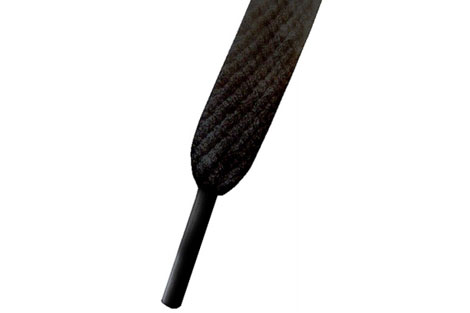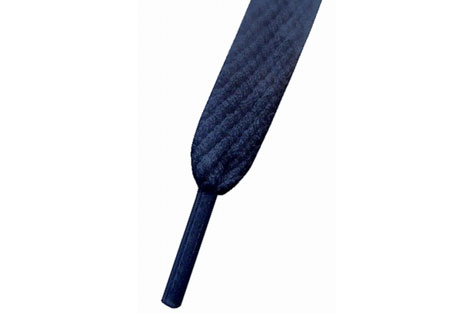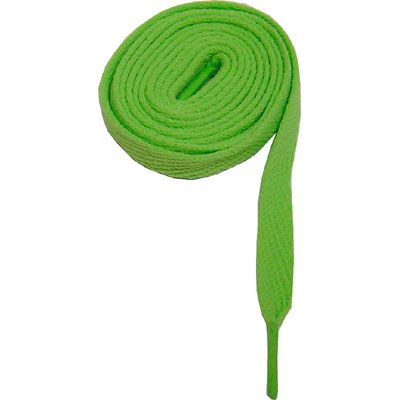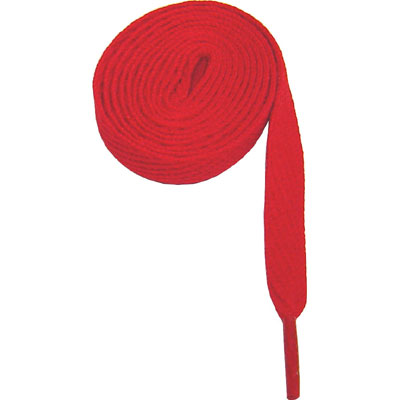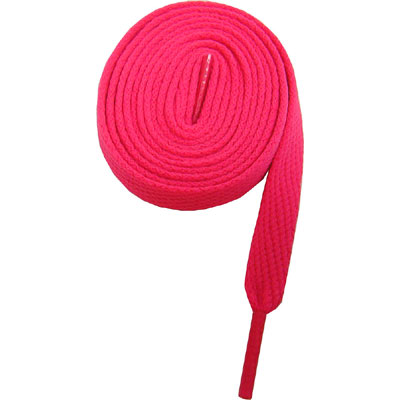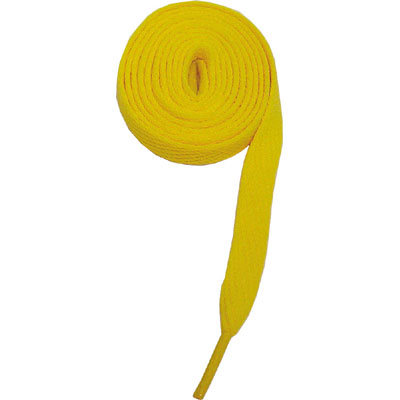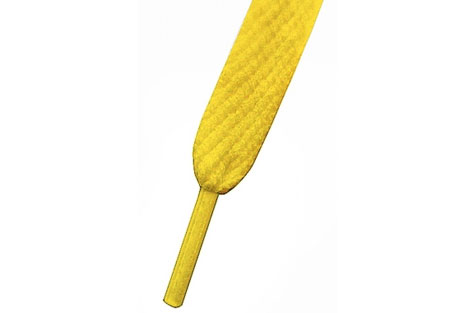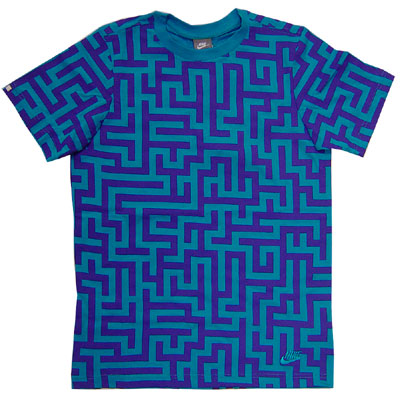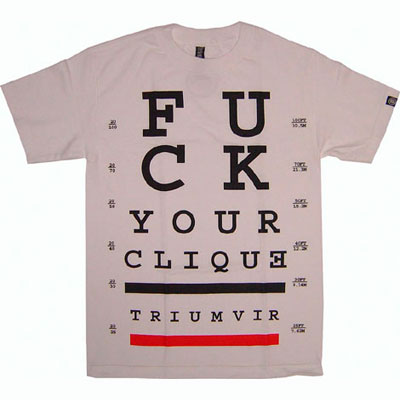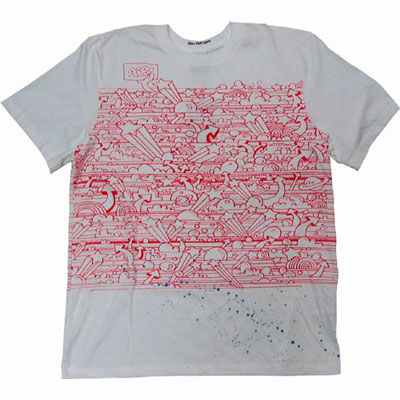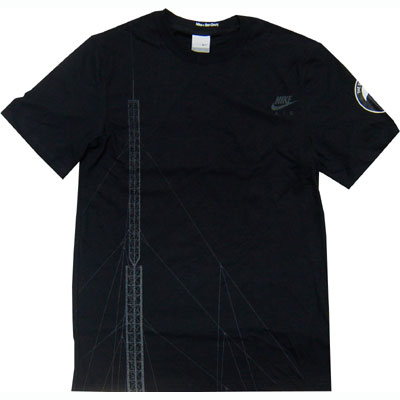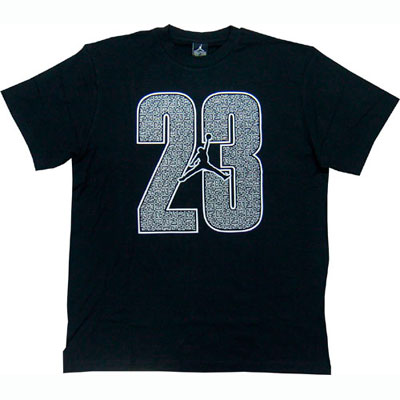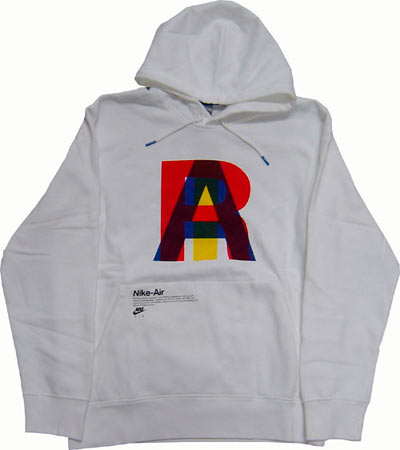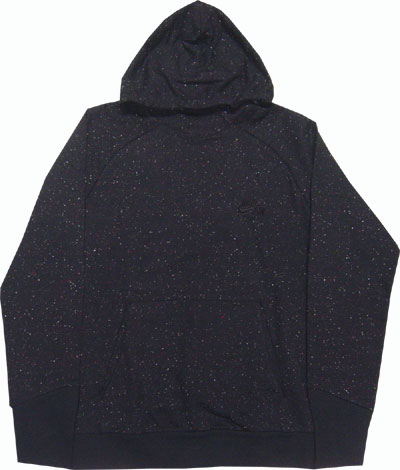Clothing (also called clothes, accoutrements, accouterments, or habiliments) protects the human body from extreme weather and other features of the environment. It is worn for safety, comfort, modesty and to reflect religious, cultural and social meaning.
The practical function of clothing is to protect the human body from dangers in the environment: weather, insects, noxious chemicals, weapons, and contact with abrasive substances, and other hazards. Clothing can protect against many things that might injure the naked human body. In some cases clothing protects the environment from the clothing wearer as well.
Humans have shown extreme inventiveness in devising clothing solutions to practical problems and the distinction between clothing and other protective equipment is not always clear-cut; examples include space suit, air conditioned clothing, armor, diving suit, swimsuit, bee-keeper's costume, motorcycle leathers, high-visibility clothing, and protective clothing.
People also decorate their bodies with makeup or cosmetics, scented perfume, and other ornamentation; they also cut, dye, and arrange the hair on their heads, faces, and bodies (see hairstyle), and sometimes also mark their skin. All these decorations contribute to the overall effect and message of clothing, but do not constitute clothing.
Articles carried rather than worn are normally counted as fashion accessories rather than as clothing, but hats and small dress sweaters can be called clothing or accessories. Jewelry and eyeglasses are usually counted as accessories as well, even though in common speech these particular items are described as being worn rather than carried.
In history there have been many societies where it was considered socially acceptable to be naked. In the modern world most cultures find it socially unacceptable to walk around in public without clothes.
